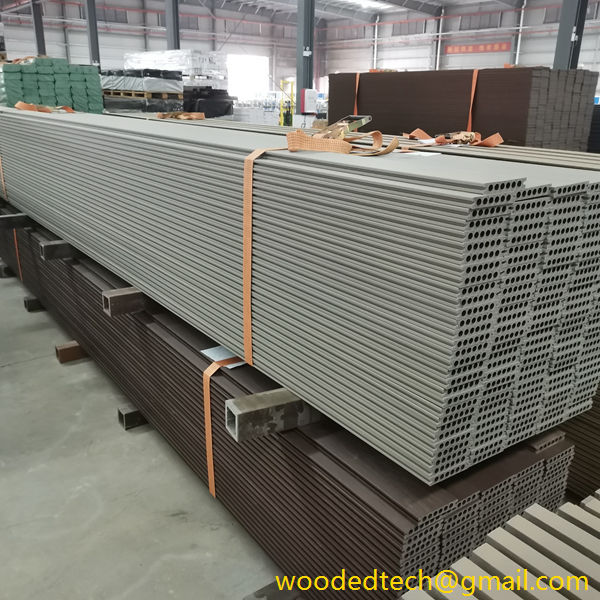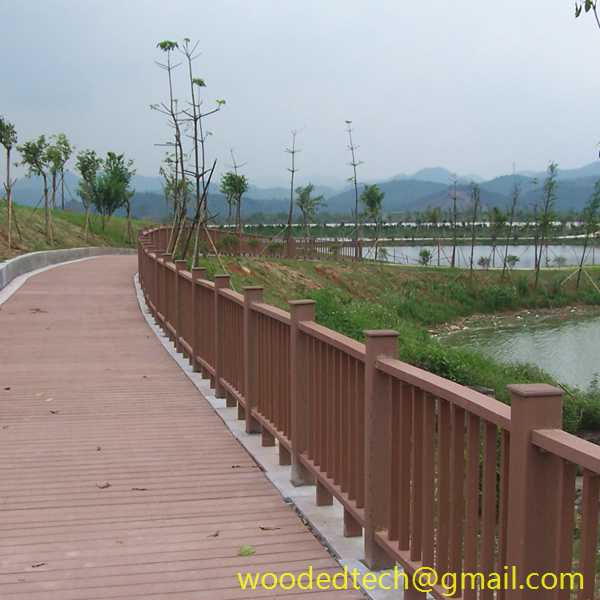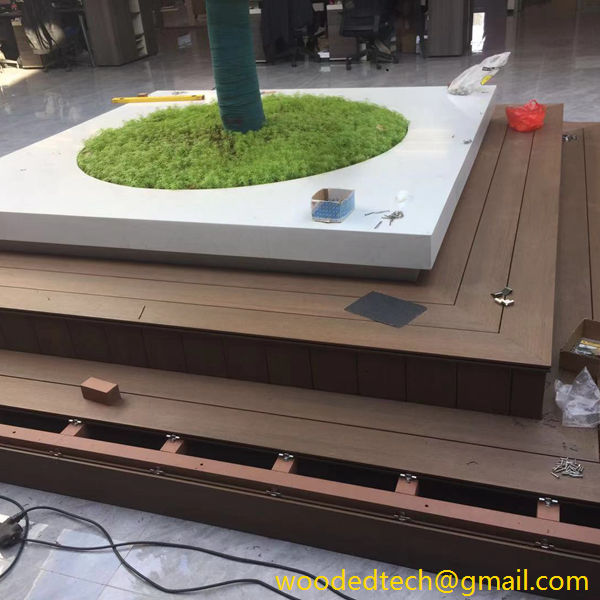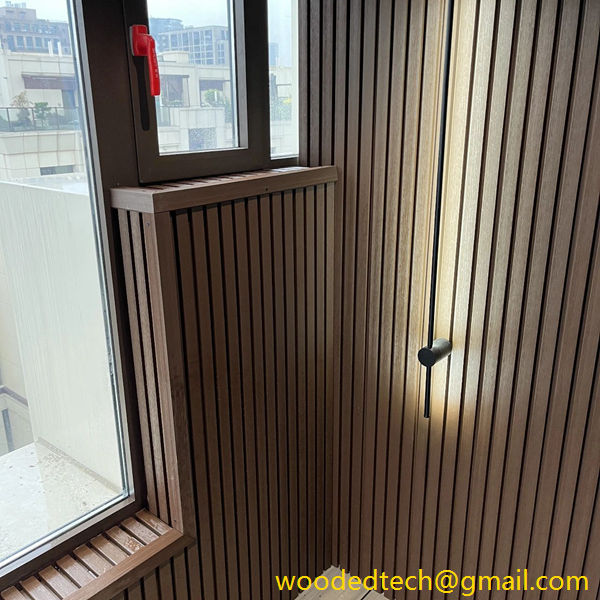WPC Flooring Overview and Benefits
WPC flooring, or Wood-Plastic Composite flooring, has gained significant popularity in recent years due to its unique blend of durability, aesthetic appeal, and ease of maintenance. This innovative flooring solution combines the natural beauty of wood with the resilience of synthetic materials, making it an ideal choice for both residential and commercial applications. Understanding the installation and maintenance aspects of WPC flooring can help homeowners and property managers make informed decisions about their flooring needs.
One of the primary benefits of WPC flooring is its relatively straightforward installation process. Unlike traditional hardwood flooring, which often requires professional installation and extensive preparation, WPC flooring can be installed without the need for glue or nails. Many products are designed with a click-lock system, allowing planks to fit together seamlessly. This feature not only simplifies the installation process but also makes WPC flooring an attractive option for DIY enthusiasts. Homeowners can save time and money by undertaking the installation themselves, reducing labor costs associated with hiring professionals.
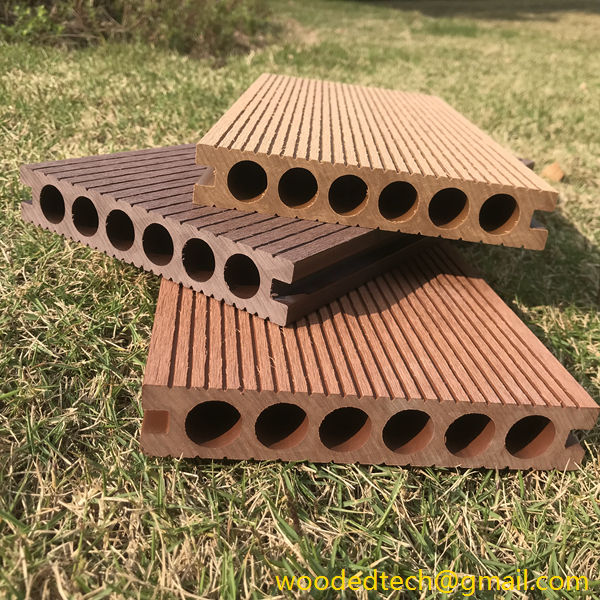
Before installation, it is crucial to prepare the subfloor adequately. The subfloor should be clean, dry, and level to ensure that the WPC planks lay flat and perform optimally. In cases where the subfloor is uneven, it may be necessary to use an underlayment to create a smooth surface. This preparation is essential, as proper installation can significantly enhance the longevity and performance of the flooring. Additionally, WPC flooring is generally compatible with various types of subfloors, including concrete, plywood, and existing vinyl floors, which adds to its versatility.
Once the flooring is installed, maintaining WPC flooring is relatively easy compared to traditional hardwood or laminate options. WPC flooring is designed to be waterproof, making it an excellent choice for areas prone to moisture, such as kitchens and bathrooms. However, while it is resistant to water damage, it is still essential to clean up spills promptly to prevent any potential long-term issues. Regular cleaning can be accomplished with a damp mop and a mild cleaner specifically formulated for WPC flooring. Avoid using harsh chemicals or abrasive cleaners, as these can damage the surface and diminish the flooring’s appearance over time.
Another significant advantage of WPC flooring is its durability. It is engineered to withstand heavy foot traffic, making it suitable for both residential and commercial spaces. The composite materials used in WPC flooring are resistant to scratches, dents, and stains, ensuring that the floors maintain their aesthetic appeal even in high-use environments. Additionally, WPC flooring is often treated with UV coatings to protect against fading from sunlight exposure, further enhancing its longevity.
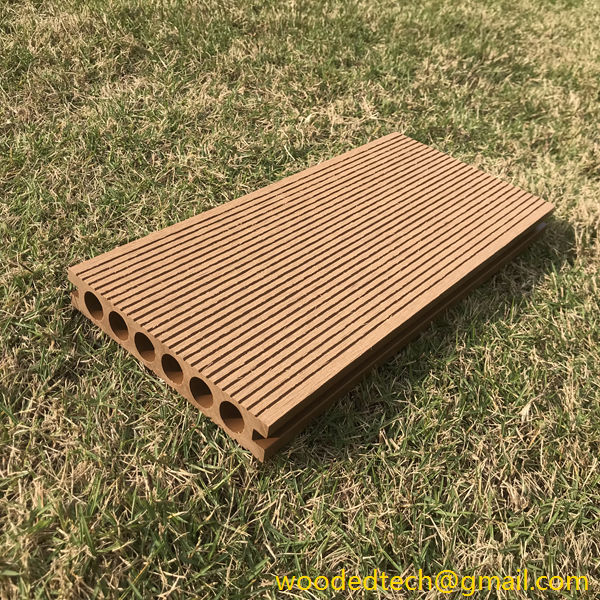
For those concerned about the environmental impact of their flooring choices, WPC flooring offers an eco-friendly alternative. Many manufacturers produce WPC flooring using recycled materials, including reclaimed wood fibers and plastic, making it a sustainable choice for environmentally conscious consumers. Furthermore, the production process of WPC flooring typically results in lower emissions compared to traditional hardwood flooring, contributing to a reduced carbon footprint.
In terms of aesthetics, WPC flooring comes in a wide variety of colors, textures, and styles, allowing homeowners to achieve the desired look for their spaces. Whether one prefers the classic appearance of oak or the modern look of gray laminate, there is a WPC flooring option to suit every taste. This versatility makes it an excellent choice for different design themes, from rustic to contemporary.
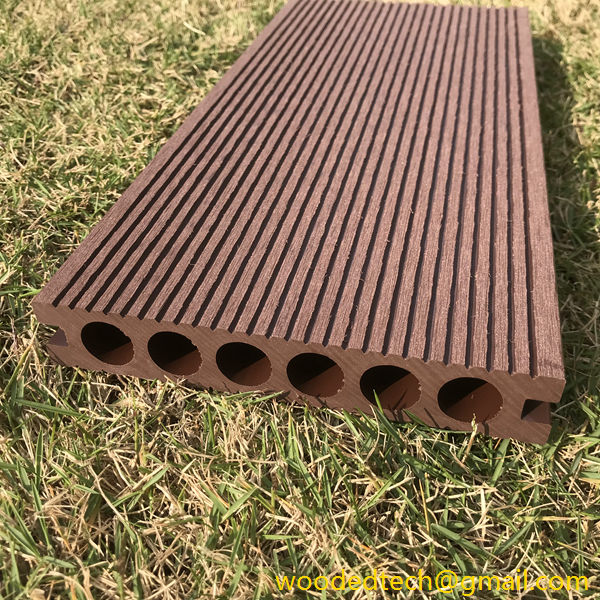
In summary, WPC flooring provides a multitude of benefits that make it a popular choice for modern flooring solutions. Its straightforward installation process, combined with minimal maintenance requirements, appeals to both DIY enthusiasts and busy homeowners. The durability and waterproof nature of WPC flooring ensure that it can withstand the challenges of everyday life while maintaining its beauty for years to come. With an array of styles and designs available, WPC flooring can seamlessly integrate into any interior design scheme. Additionally, its eco-friendly properties make it a responsible choice for those looking to reduce their environmental impact. Overall, WPC flooring stands out as a practical and attractive flooring option that meets the diverse needs of today’s consumers.

